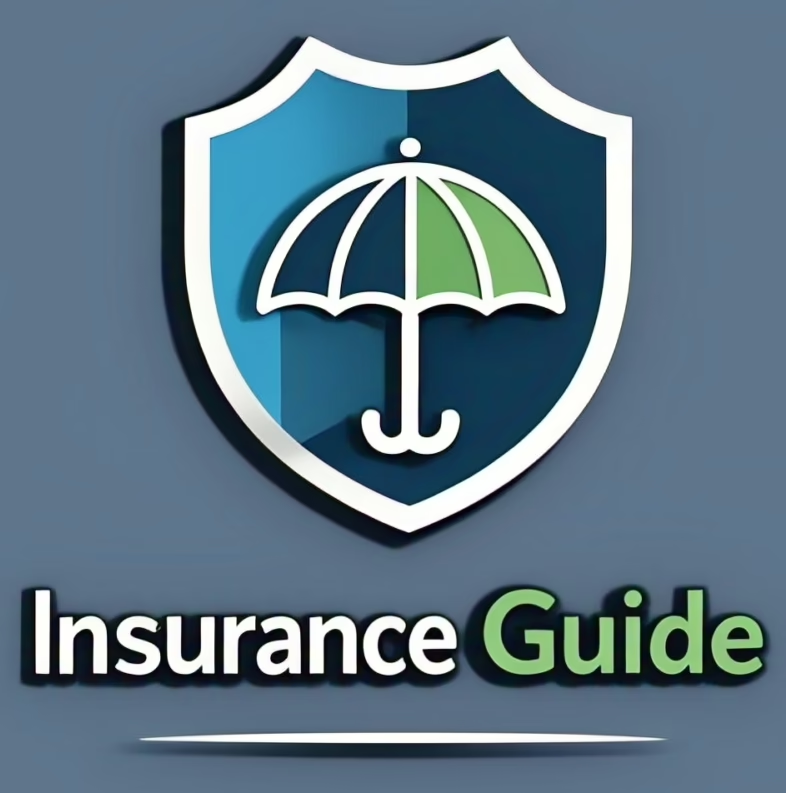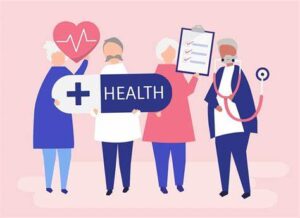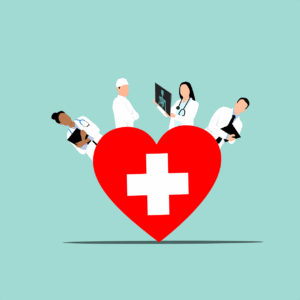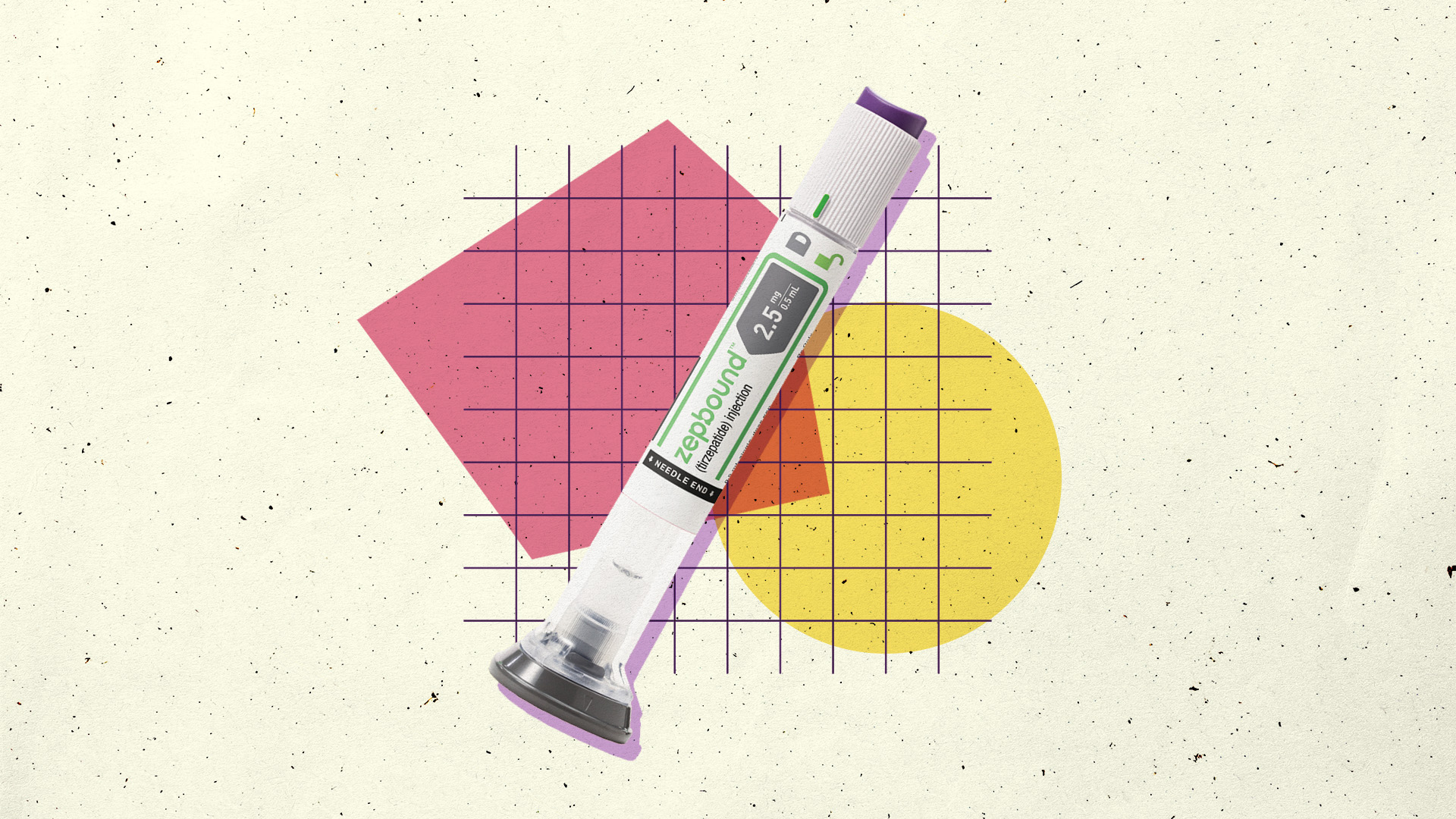The Truth About Free Health Insurance:
Where to Find Affordable (Not Entirely Free) Coverage
The idea of free health insurance is certainly appealing. In a world where healthcare costs can be a significant burden, the prospect of accessing medical care without paying a dime is something many people dream of. But the reality of free health insurance is a bit more nuanced. While truly “free” comprehensive health insurance is rare in most developed nations, there are avenues for obtaining significantly affordable health coverage and even programs that offer free healthcare services to qualifying individuals.
This article will explore the landscape of free and low-cost health insurance options, debunking myths and providing you with actionable information to find the most affordable healthcare solutions available. We’ll navigate the terminology, highlight key programs, and empower you to understand where you might be eligible for substantial assistance.
The Myth of Truly Free Health Insurance
Let’s address the elephant in the room: in most developed healthcare systems, including the United States, truly comprehensive free health insurance for all citizens, regardless of income or circumstance, doesn’t exist. Healthcare systems require funding, whether through taxes, premiums, or a combination of both.
However, the term “free health insurance” is often used colloquially to describe situations where individuals pay little to no premiums or out-of-pocket costs due to government subsidies or specific program eligibility. It’s crucial to understand this distinction as we explore the available options.
Where to Find Significantly Affordable Health Coverage
While entirely free health insurance may be elusive, several pathways can lead to very low-cost health insurance or free healthcare services for those who qualify:
- Medicaid: This is a joint federal and state government program that provides free or low-cost healthcare coverage to millions of Americans with limited income and resources. Eligibility requirements vary by state but generally include factors like income, family size, age, disability, and pregnancy.
- Children’s Health Insurance Program (CHIP): CHIP provides low-cost health coverage to children in families who earn too much to qualify for Medicaid but cannot afford private insurance.1 Like Medicaid, CHIP is administered by the states according to federal guidelines.
- Affordable Care Act (ACA) Marketplace Subsidies: The ACA offers health insurance subsidies (also known as premium tax credits) to eligible individuals and families who purchase health insurance through the Health Insurance Marketplace. These2 subsidies can significantly reduce your monthly premiums, making coverage3 much more affordable. Eligibility for subsidies is based on income.
- Employer-Sponsored Health Insurance with Premium Assistance: While not entirely free, some employers may offer to cover a significant portion, or even the entire premium, for their employees’ health insurance. This effectively results in free or very low-cost health insurance for those employees.
- Veterans Health Administration (VA): The VA provides free or low-cost healthcare services to eligible veterans. The level of coverage and cost-sharing often depends on factors like service history and disability status.
- TRICARE: This program provides healthcare coverage to active-duty and retired U.S. military personnel and their families. While not entirely free for all beneficiaries, it offers very affordable healthcare options.
- Tribal Health Programs: The Indian Health Service (IHS) provides free healthcare services to members of federally recognized American Indian and Alaska Native tribes.
- Community Health Centers: These non-profit healthcare centers provide low-cost or free healthcare services to individuals and families, regardless of their ability to pay. They often operate on a sliding fee scale based on income.
- Emergency Medicaid: Many states offer Emergency Medicaid, which provides free coverage for emergency medical services to individuals who meet certain income requirements, even if they don’t qualify for full Medicaid.
- Specific State and Local Programs: Some states and even local governments may have specific programs offering low-cost or free healthcare services to certain populations, such as pregnant women, children, or those with specific medical conditions. It’s worth researching what programs exist in your area.
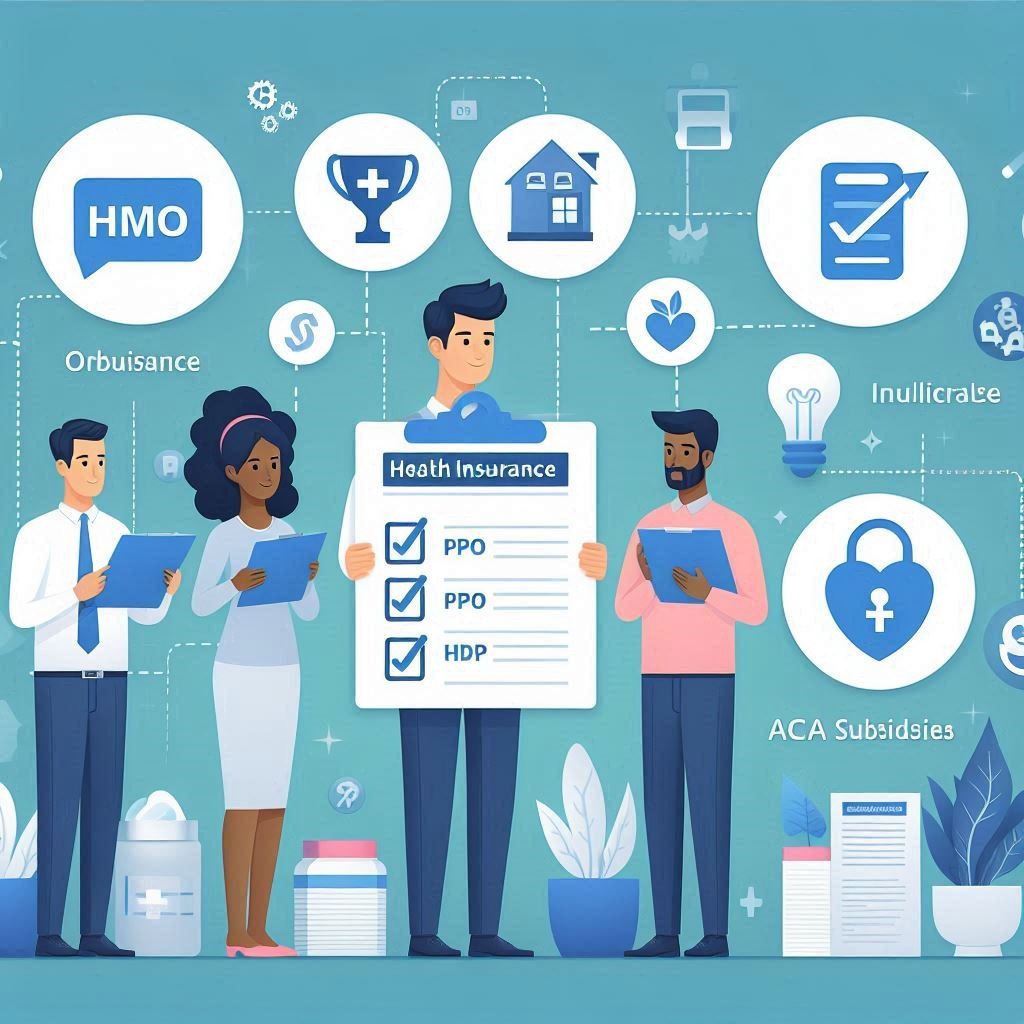
Understanding Eligibility and Enrollment
Navigating the eligibility requirements and enrollment processes for these programs is crucial. Here are some general points to keep in mind:
- Income Limits: Many low-cost or free health insurance programs have income eligibility thresholds. These limits vary by program and location.
- Household Size: Your household size is often a factor in determining eligibility for programs like Medicaid and ACA subsidies.
- Residency Requirements: You typically need to be a resident of the state where you are applying for state-administered programs like Medicaid and CHIP.
- Enrollment Periods: Many programs have specific enrollment periods. For the ACA Marketplace, open enrollment typically occurs once a year. Medicaid and CHIP usually have year-round enrollment.
- Documentation: You will likely need to provide documentation to verify your income, residency, and other eligibility criteria.
How to Find Out if You Qualify for Affordable Coverage (Actionable Advice)
Here are practical steps you can take to determine if you qualify for low-cost or free health insurance:
- Visit Healthcare.gov: This is the official website of the Health Insurance Marketplace. You can enter your income and household information to see if you qualify for ACA subsidies.
- Check Your State’s Medicaid and CHIP Websites: Each state has its own website for Medicaid and CHIP. You can find information on eligibility requirements and how to apply.
- Contact Your Local Community Health Center: They can provide information about their services and eligibility criteria.
- Explore Veteran and Military Benefits: If you or a family member is a veteran or active-duty military, investigate the benefits offered by the VA and TRICARE.
- Inquire with Tribal Health Programs: If you are a member of a federally recognized tribe, contact the IHS or your tribal health program.
- Contact Your State’s Department of Health: They may have information on other state-specific programs.
- Speak with a Healthcare Navigator or Enrollment Assistor: These trained professionals can help you understand your options and guide you through the application process. You can find them through Healthcare.gov or local community organizations.
The Value of Affordable Healthcare
While the term “free health insurance” might be misleading, the availability of affordable healthcare options through government programs and employer assistance is invaluable. Access to quality medical care without facing exorbitant costs can significantly improve individual well-being, reduce medical debt, and contribute to a healthier society overall.
Understanding the nuances of these programs and taking the necessary steps to determine your eligibility is crucial for securing the affordable health coverage you need. Don’t let the myth of truly “free” insurance discourage you from exploring the many pathways to significantly reduce your healthcare expenses.
Keywords strategically woven throughout for SEO: free health insurance, affordable health coverage, free healthcare services, Medicaid, CHIP, ACA subsidies, employer paid health insurance, VA healthcare eligibility, TRICARE benefits, Indian Health Service, community health centers free care, Emergency Medicaid, state health insurance programs, Medicaid eligibility, CHIP coverage, ACA subsidies, [Your State] Medicaid, [Your State] CHIP
